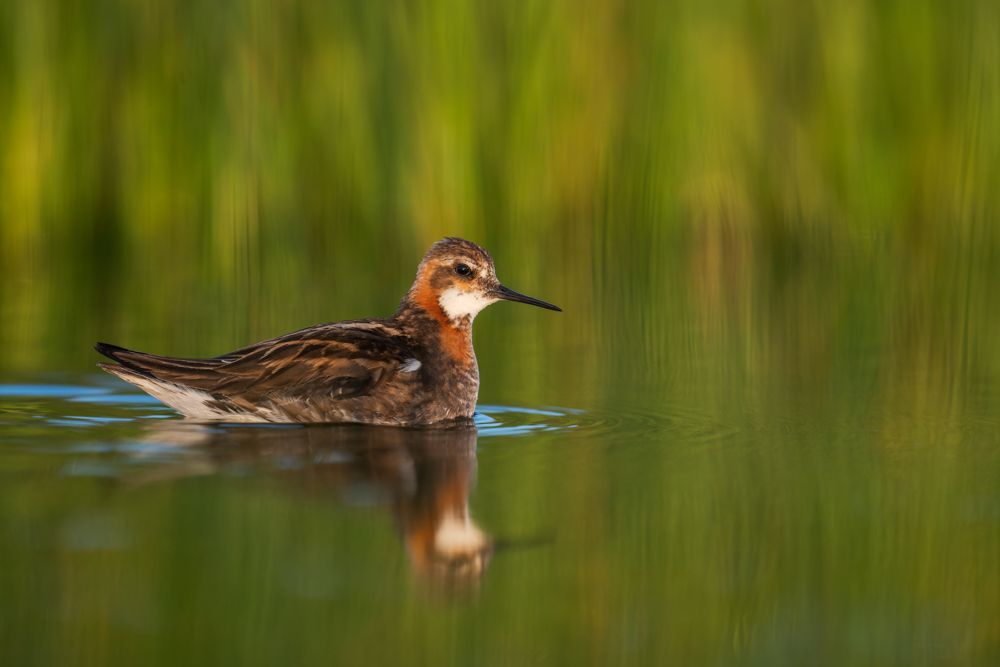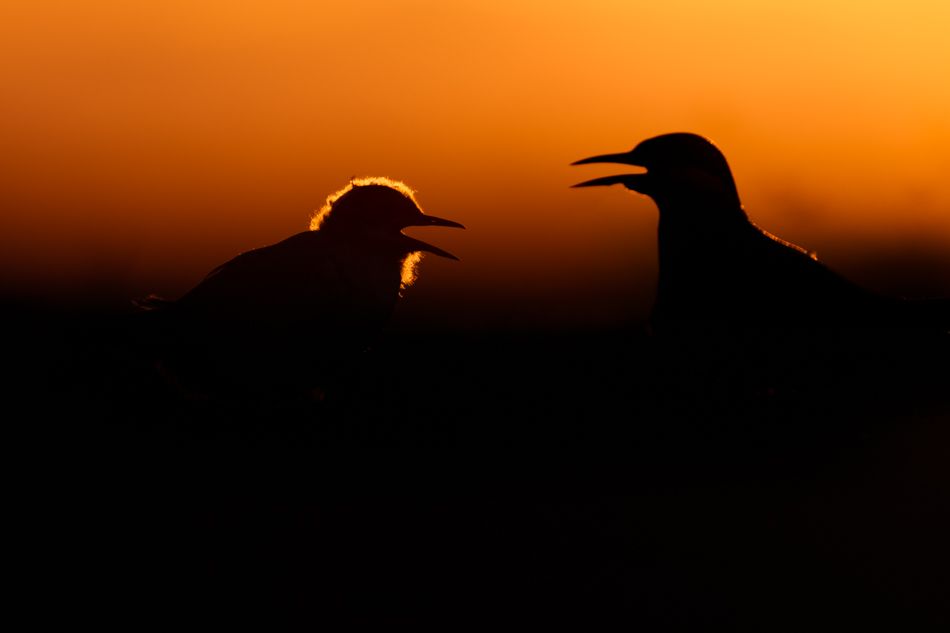My 10 best images of August
Like in July, August was pretty busy for me with photography. After I arrived back in Switzerland from Norway on August 1st, I had a short week to organize and delete the photos before I continued towards Austria to the Neusiedlersee. There I spent again a week, where I could make again many new pictures. After another one-week break at home, I went to the mountains towards the end of the month. There I helped in a project of the Vogelwarte.
1. Brown hare
While I photographed mainly birds at the Neusiedlersee, I also encountered a lot of field hares. On almost every field there were a couple of them but nevertheless they were not so easy to photograph. But after a few attempts I finally managed to photograph a hare from a good distance.

1/800 | f/ 4 | ISO 125 | 500mm
2. Avocet in the back light
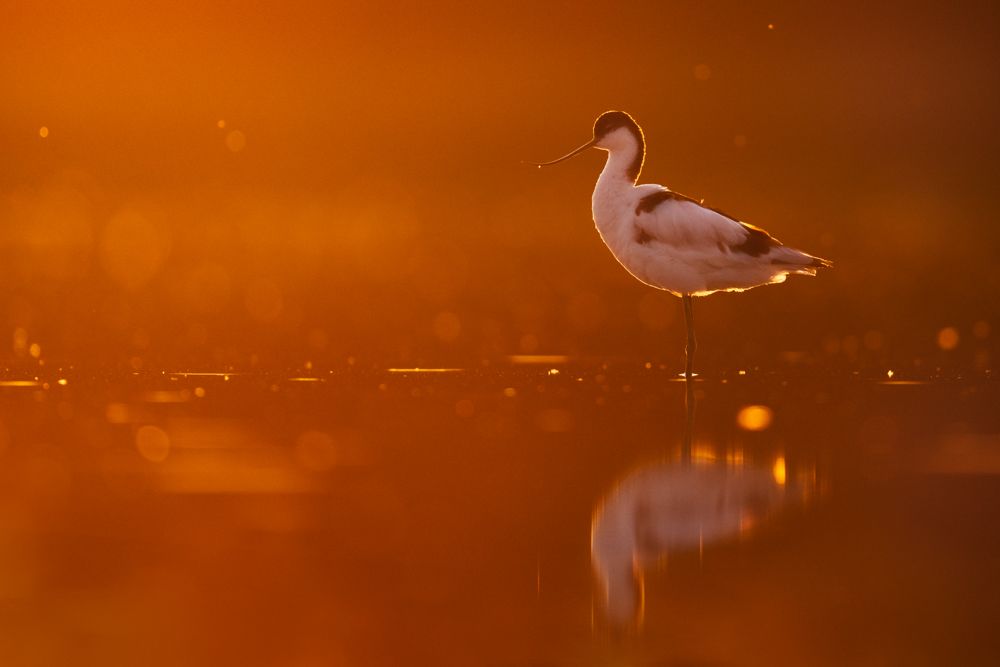
1/2000 | f/ 4 | ISO 110 | 500mm
Besides my whole photography equipment, the Floating Hide was another thing I took with me on the train to Lake Neusiedl. This decision paid off and the Hide was very useful. Even though the water at one of the accesible lakes was only a few inches deep, the Hide made it enormously easier to photograph the inhabitants. Underneath the water layer was a thick layer of mud, which made it very difficult to move around, especially with a camera in hand. With the Hide, however, this was no problem. The mud was a bit of a different problem.
On the first evening with the Hide, I decided to just go into the lake with shorts and a t-shirt. The mud and water were full of insects and worms, which didn't make it all that pleasant. After a while it was crawling and creping all over my body, but the birds, that were all around me, helped me to fade out the horrible feeling.
Most of the time I was surrounded by avocets and I sometimes didn't even know in which direction I had to point my lens towards. As I discovered this bird in the backlight of the setting sun I knew immediately: this could make for a good photo!
I turned around slowly (which is not so easy in the thick mud) and pressed the shutter.
3. Wood Sandpiper

1/1600 | f/ 4 | ISO 250 | 500mm
After I came out of the "water" on the first evening and I was informed by a hidden sign about not quite unproblematic bacteria in the water, I decided to wear the dry suit on the following days. With the high summer temperatures, this was certainly not ideal, but at least I had no more worms and bacteria in my clothes. But I got wet anyway, but just by sweating. At almost 30 ° Celcius in an airtight, black dry suit to crawl through 10 cm deep water is not exactly a pleasant experience. Especially since the Floating Hide became more of a ground pod in particularly shallow places.
Beside the many Stilts there was also a small troop of Wood Sandpipers at this lake. I wasn't so lucky with them though and I could only photograph one individual. Even if I would have wished for a better photo, I am quite satisfied with this result.
4. Stilt
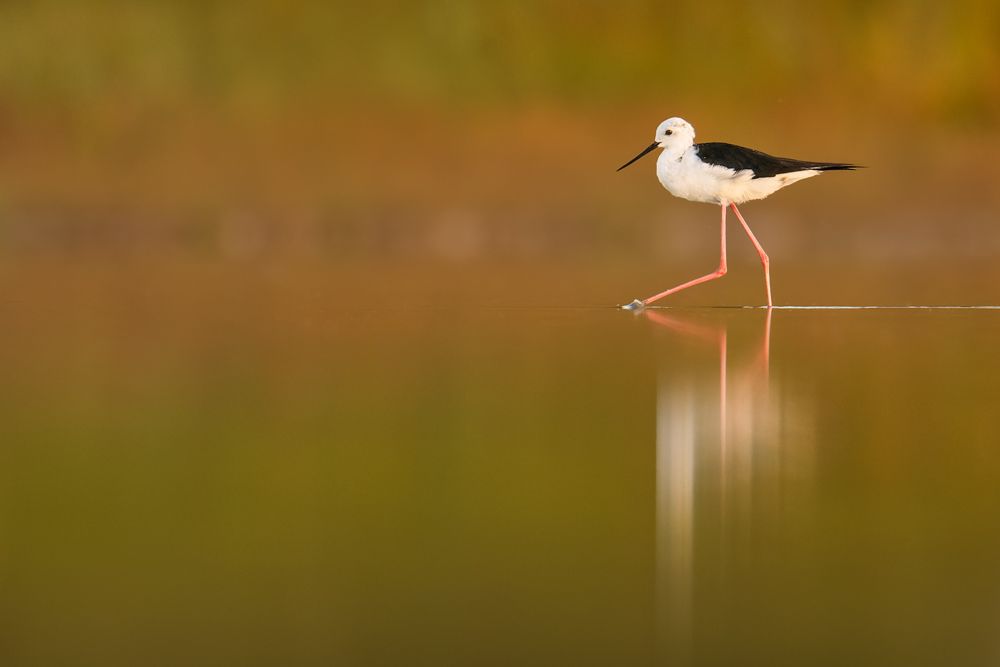
1/1000 | f/ 4 | ISO 900 | 500mm
The Stilt was another common resident of the lake - but even a bit more difficult to photograph than the Wood Sandpipers. They tended to stay at quite a distance, and only in a few cases I was able to photograph them at a slightly closer distance. This was one of those exceptional cases. The light was particularly soft this morning as the sun was rising behind a few trees.
5. Avocet I
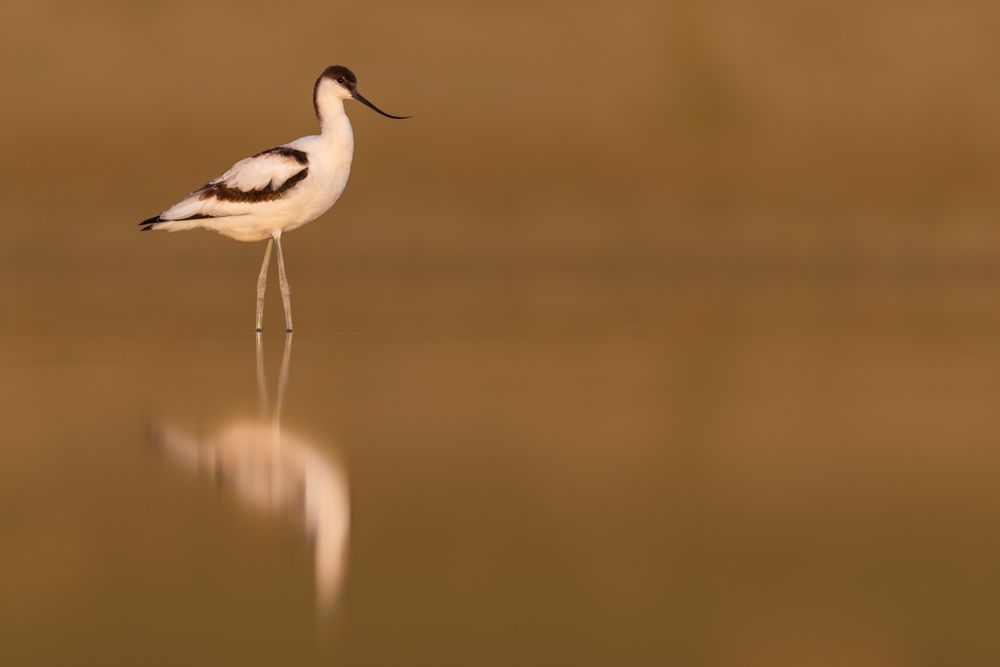
1/2000 | f/ 4 | ISO 450 | 500mm
While the region tends to be quite windy, this week it was virtually windless most of the time, especially in the morning and evening. Ideal, therefore, for waterfowl and shorebirds. In the shallow water, the water surface was practically as smooth as glass, which created wonderful reflections with the deep camera perspective.
6. Avocet II
As elegant as the avocets are, among themselves the birds are not exactly delicate. Again and again the birds scared each other away or even attacked their conspecifics by flying into them. In this photo the weaker one (or the cleverer one?) noticed the attack early enough and dodged it so that the other one flew into the void.
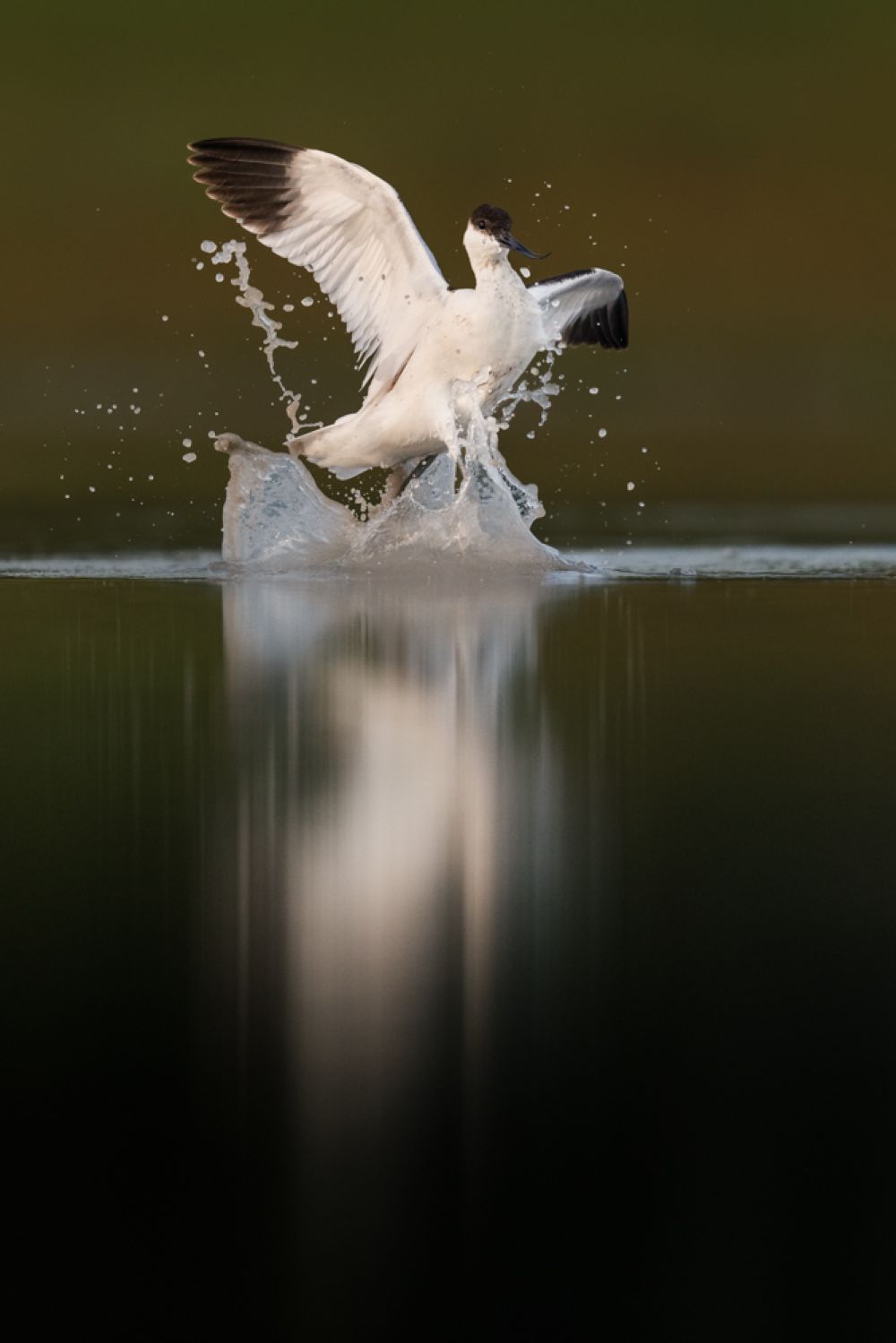
1/3200 | f/ 4 | ISO 720 | 500mm
7. Avocet III
Over the whole week I was at this location 5 times: This allowed me to try different compositions and various ways to photograph the birds. Among the experiments was this picture of a Avocet against the blue sky. Together with the green band of vegetation from the opposite side of the lake, I really like the image.
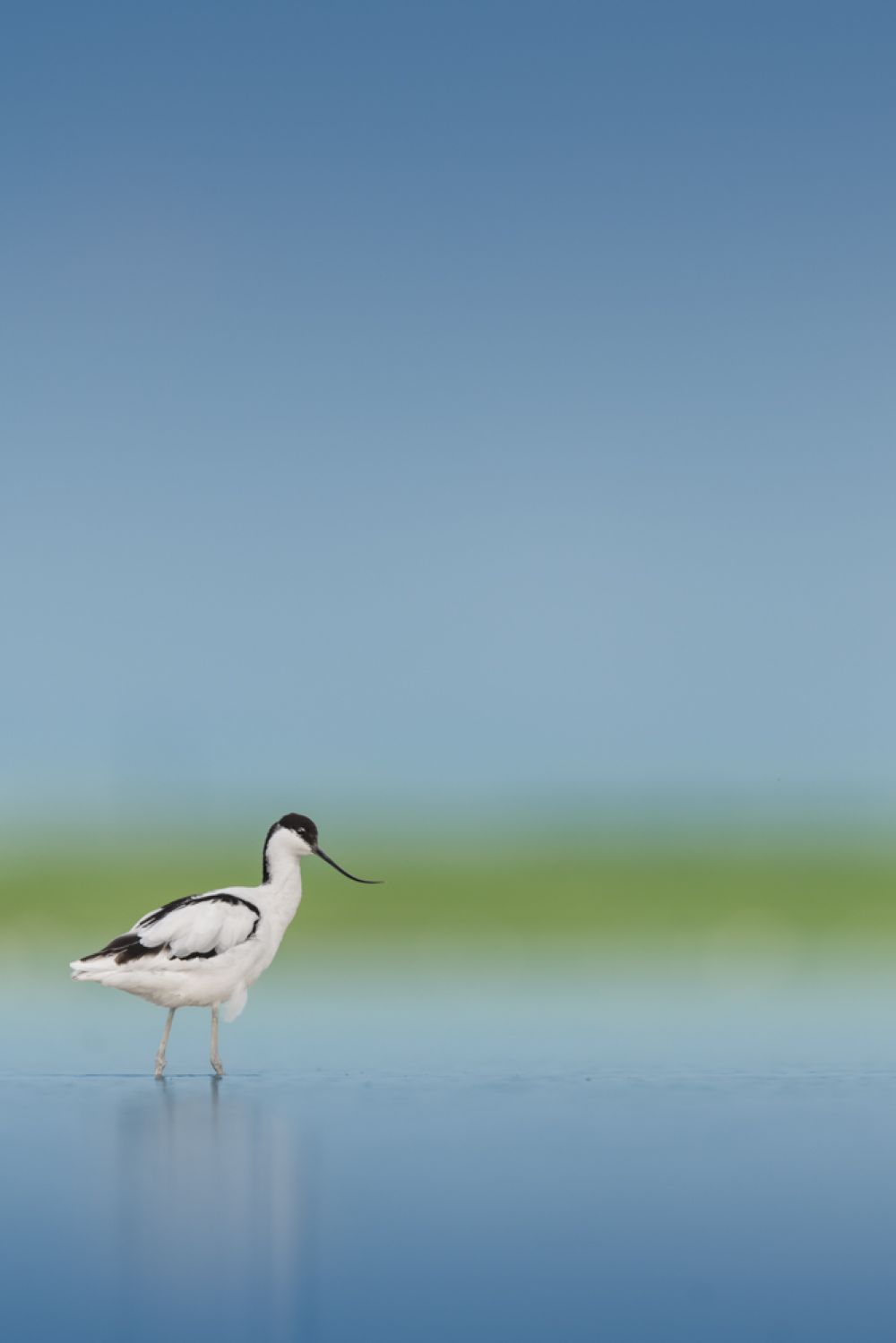
1/800 | f/ 4 | ISO 72 | 500mm
8. Great crested grebe with young
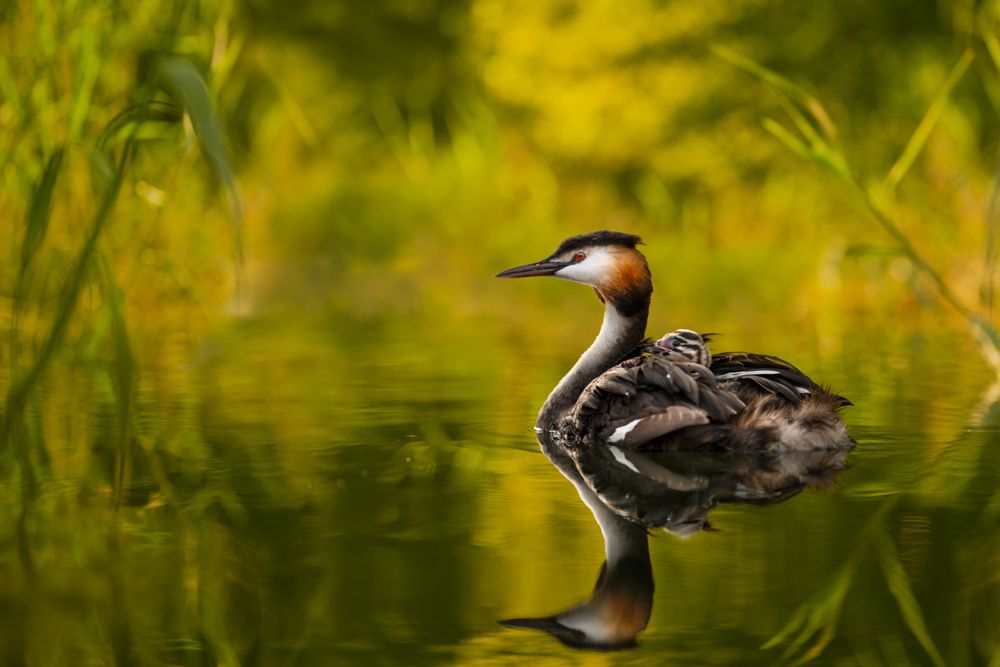
1/2500 | f/ 1.8 | ISO 220 | 50mm
Back in Switzerland I was able to photograph my first young great crested grebes. The great crested grebes had an especially hard year this year because of the floods which probably led to large losses of the broods. Some pairs, including this one, were able to successfully raise a second brood though, which is really good to see.
9. Fish underwater
The water also became a lot clearer after the floods and I could experiment with the underwater housing a bit more. I couldn't capture a beaver or a bird as I had hoped, but I still like the resulting photo.
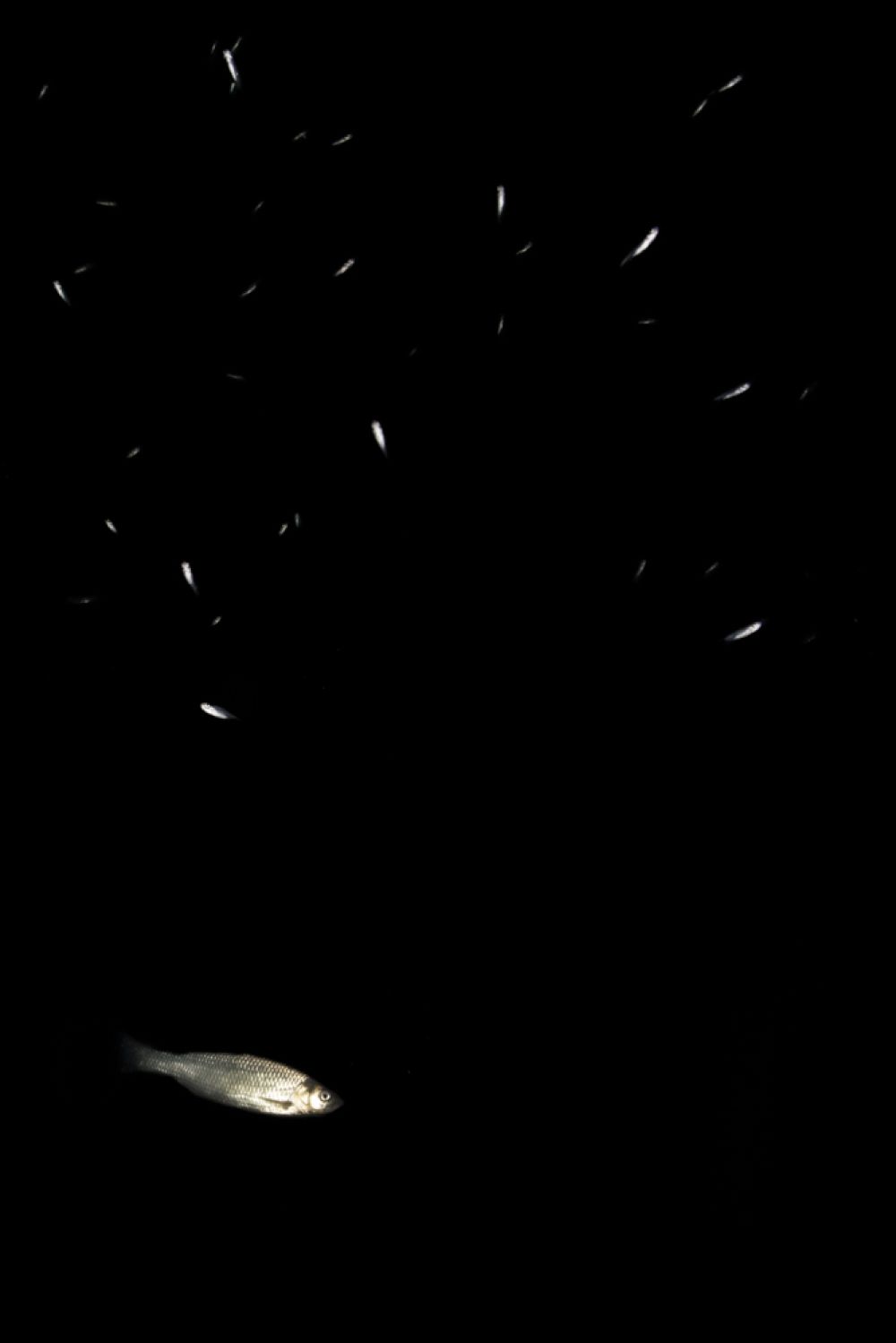
1/250 | f/ 14 | ISO 400 | 16mm
10. Bearded vulture
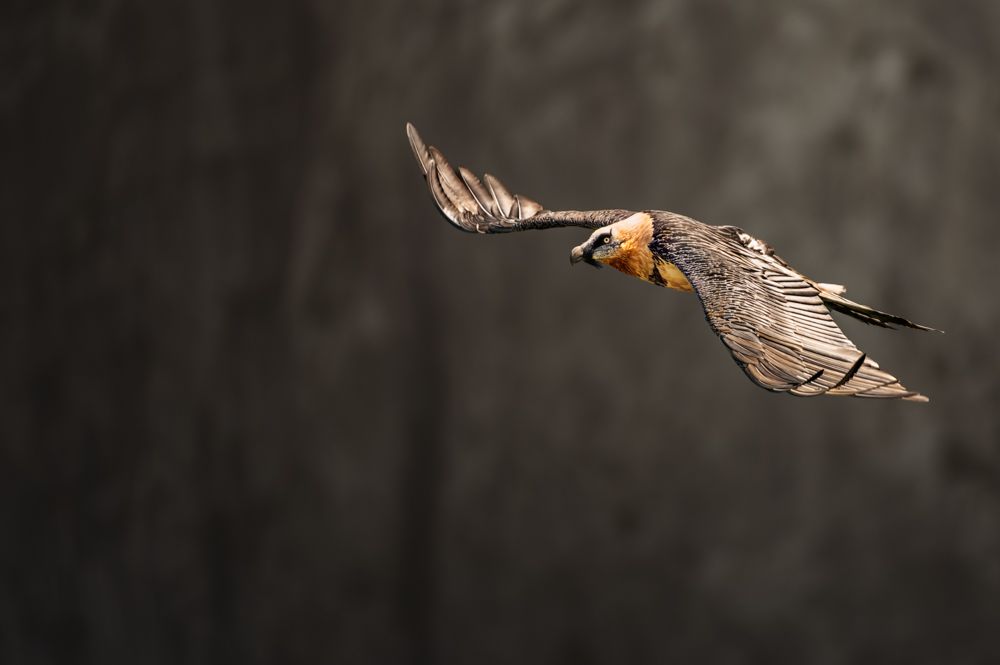
1/1600 | f/ 6.3 | ISO 800 | 600mm
Finally, I spent the second half of August in the Valais Alps at the Col de Bretolet ringing station. Besides volunteering for the ornithological station, I also had some time for photography. For example I saw various vultures (bearded, griffon and black), golden eagles, buzzards and honey buzzards as well as sparrow hawks, kestrels and marsh harriers flying through. This bearded vulture here, flew through especially close to the station which offered a great opportunity to photograph this amazing bird.
These were my top 10 photos of August. I was able to take a relatively large number of photos this month as well. Now I have only a few weeks until university starts. Until then I hope to be able to take some photos again.
